The History Of Black Wall Street and the Tulsa Massacre of 1921
The history of "Black Wall Street" dated as far back as almost a century ago. This history presents a clearer picture of the deep-seated segregation against blacks in the United States.
Black Wall Street was built when more than a thousand blacks in Tulsa, Oklahoma came together to build a community targeted at supporting black-owned businesses. The city was named "Black Wall Street."
However, this summer marks the 99th anniversary of the fall of Black Wall Street, the massacres of the Tulsa Race, and the event that was tagged the "the single worst incident of racial violence in American history." The incident claimed the lives of not less than 300 blacks, devastated a struggle that is beginning to become one of the greatest enclaves for Black Americans in the United State, and left many blacks utterly helpless and hopeless.
Black Wall Street Documentary - Video
It is quite unfortunate that the June 1st massacre and the history of Tulsa's "Black Wall Street represent a gap in the knowledge of American history. Many do not know the detail of the story. In fact, when part of the story was portrayed in the opening scene of " Watchmen", a popular fictional HBO debuted in October. Many Americans who saw the scene believed that they were only watching a fictional story.
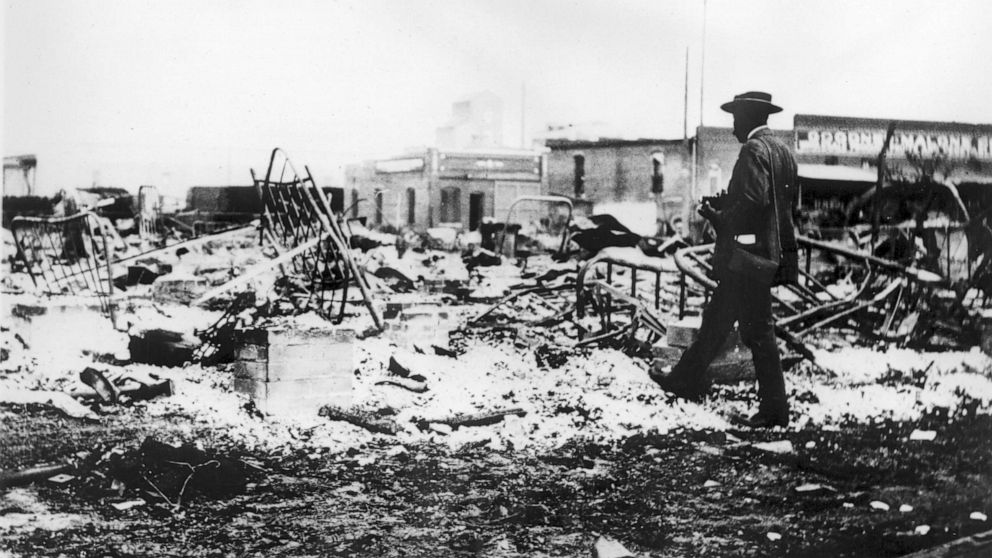
Historians revealed that the history of the "Black Wall Street" and the June 1st, 1921 massacre have generally not been added to the school curriculum over the past years. In addition to this, in Oklahoma City, where the event took place, the story was only added to the statewide school in February.
This article provides a detailed history of the development of Black Wall Street, the June 1st, 1921 massacre, and the state of the black community today.
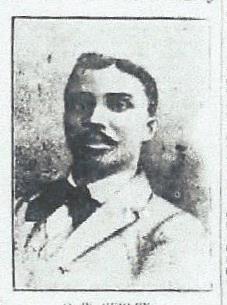
O.W Gurley, an Entrepreneur and Founder of "Black Wall Street"
One remarkable event among blacks in the US during the wake of the 20th century is the huge oil boom in Oklahoma City. This brought with it great development in Tulsa. At this period and even till now, Tulsa is largely dominated by Black Americans.
In 1906, a very influential and wealthy African-American landowner, named Ottowa W Gurley move to Tulsa and bought 40 acres of land which he intended to sell to black settlers. Gurley emanated from Arkansas. His parents were former slaves, as a result, most of his education is self-taught. Gurley left Arkansas because he fears he might not be able to achieve anything under the Jim Crow-era South.
According to Forbes, Gurley left Arkansas in 1980 and settled himself about 80 miles west of Tulsa. He got a plot of land for himself and began his career as a local school principal. In addition to this, he ran a general grocery store.
In the early 1900s, when the city of Tulsa experienced an oil boom, Gurley moves to the city and bought 40 acres of land he intended to sell to black settlers. He and other black entrepreneurs named the massive acres of lands "Greenwood."
Gurley "had the vision to create something for black people by black people," author and historian Hannibal Johnson wrote in his book, "Black Wall Street: From Riot to Renaissance in Tulsa's Historic Greenwood District."
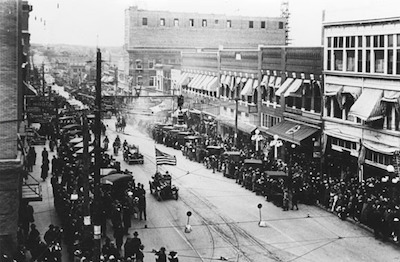
Greenwood District, Tulsa.
In a recent interview, Johnson told Forbes that "Greenwood was perceived as a place to escape oppression—economic, social, political oppression—in the Deep South. It was an economy born of necessity. It wouldn't have existed had it not been for Jim Crow segregation and the inability of Black folks to participate to a substantial degree in the larger white-dominated economy."
In establishing the Greenwood district as a center of black businesses and wealth, Gurley started giving out loans to black entrepreneurs and small scale businesses including startups. Also, this was necessary because the Jim Crow era disallowed the blacks from borrowing from white-owned banks. The racism was so intense that blacks were barred from benefiting from white-owned establishments. All of these are what lead to Gurley's movements and struggle for a better life for the blacks in the Greenwood district.
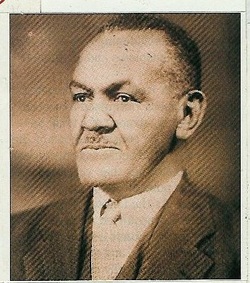
J.B Stradford.
Among other black entrepreneurs who Gurley helped in advancing their business is J.B Stradford went into rental businesses as well as hotels. Stradford built the Stradford hotel which became a fixture in Greenwood Avenue. Like Gurley, he was also the son of a former slave and left his parents in search of a better place of survival. Stradford obtained his college degree from Oberlin college after which he obtained a law degree from Indiana Law School.
Stradford hotel became the first largest hotel owned by a black man. It has a total of 54 rooms and features a dining hall, gambling hall, salon, and regular jazz performances for the neighborhood's residents. Forbes revealed that before the destruction of the hotel, it should be worth $75,000 - an equivalent of today's $1 million.
Aside from running a grocery store, Gurley has a lot of rental properties, rooming houses, and a hotel. He also owned a Masonic Lodge. Before his death and the destruction of his properties, Forbes estimated Gurley's fortune to be roughly $200,000, an equivalent of today's $2.7 million.
The community has other notable black entrepreneurs like Andrew Smitherman, a lawyer who also founded and ran the Tulsa Star, one of the area's most prominent Black-owned newspapers, and also John and Loula Williams, who owned a candy shop and built the neighborhood's Dreamland Theater, a 750-seat movie theater.
Added to this, the community has its own modern hospital and library. In fact, Greenwood, according to Josie Pickens in Ebony in 2013, was a "modern, majestic, sophisticated, and unapologetically black" community. Josie added that the neighborhood even had "a remarkable school system that superiorly educated black children."
By 1921, Tulsa's Greenwood district had grown to become one of the wealthiest black communities. With roughly 10,000 inhabitants, the community has its own banks, hotels, restaurants, grocery stores, and luxury shops. It also has different offices for lawyers, doctors, and other related professions.
One unique practice that helps in the development of the community is the ability to retain its wealth in the community. Since blacks are still heavily segregated upon, residents of Greenwood only patronize their fellow blacks in the community. The community became so self-sufficient that historians stated that every dollar acquired in the community spread around the businesses and services in the community at least 36 times.
According to Greenwood cultural center, the community successfully inspires a Black author and orator Booker T. Washington to coin its nickname, which he originally called "Negro Wall Street," but which later became known as "Black Wall Street."
This story marks the history of how "Black Wall Street" was built. However, it is important to note that not all inhabitants of "Black Wall Street" are rich, there are others who are very poor.
The Tulsa Massacre.
Historians revealed that many of the blacks living in Greenwood relocated to this place because of the deep-seated segregation in the south and other areas. However, Greenwood is not entirely safe for them as the community is only a little distance away from the white neighborhood.
As a result of this, Greenwood constantly suffers attacks and riots. The community had barely survived the Red Summer Attack of 1919 when the Tulsa massacre ensued.
June 1, 1921, was a bloody day for the Greenwood community. The attack erupted over nearly 24 hours and ended on this day. The community was visited by not less than 1000 armed white mobs who destroyed more than 35 city blocks, killed 300 blacks, and left many injured.
According to a historian, the attack was triggered by an incident involving a young African-American shoe-shiner named Dick Rowland, who rode in an elevator operated by a young white woman named Sarah Page. Although there are varied reports about what transpired between the two in the elevator, it was believed that Rowland accidentally stepped on her foot, tripping and falling her. This propelled her to scream.
A witness who heard the scream called the police and different stories began to emerge from the incident. In fact, some stories claimed that Rowland assaulted the woman, while others claimed he raped her. For fear that Rowland would be lynched by angry mobs ( an incident that has taken place more than a thousand times during the Jim Crow Era), the black gathered themselves in front of the courtroom where Rowland is being judged. Not too long, a confrontation broke out between the whites and the blacks. Since both sides were armed the loss was on both sides.
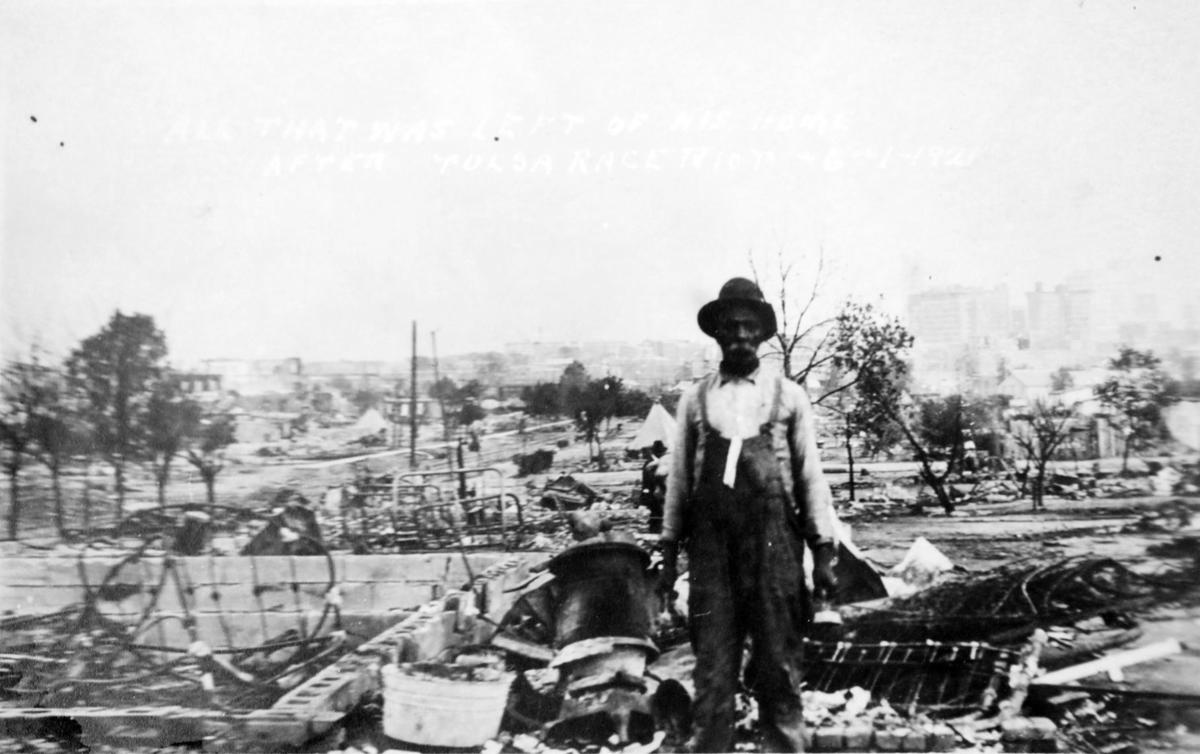
Having dispersed to their various communities, on June 1st, 1921, the black community witnessed an unforeseen attack. A mob of more than a thousand whites attacked and destroyed the affluent Black neighborhood, lives were wasted, and properties were burned down.
According to eyewitnesses, the whites looted and destroyed both businesses and properties owned by the blacks. Black lives were wasted and anyone who tried to defend himself or herself was outgunned by the attackers. Some survivors even said that the attackers flew over the area in private airplanes, from which they shot at Black residents and dropped firebombs on buildings.
The Oklahoma Historical Society reported that the violence continued till the next morning. Upon the arrival of troops from the National Guard and Tulsa Police, blacks were arrested instead of the attackers. In fact, the report revealed that some of the troops joined in the attack.
At the end of the attack, more than 1200 Greenwood community homes have been razed down. More than 6000 residents were forced to live in tents by the local government while others relocated the place.
In 2019, archaeologists in Tulsa discovered what is believed to be a site used as a mass grave to bury the blacks who lost their lives in the massacre.
Meanwhile, Rowland was exonerated and a jury was passed not to charge the white for the violence. The violence was largely blamed on the blacks.
After the massacre, a lot of debate arose whether or not to refer to the violence as a massacre. Early reports revealed that the incident was referred to as "Tulsa Race Riot." Part of the reason for this is to avoid insurance payment of benefits to blacks who lost their homes and businesses, as any destruction caused by a riot does not attract any payments or benefits.
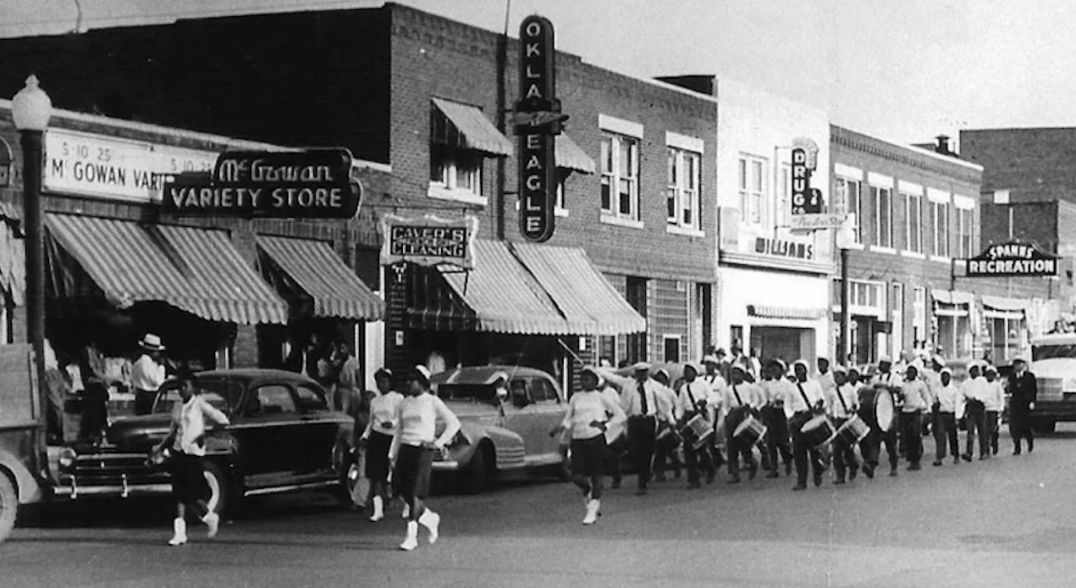
What the Greenwood Community Looks Like After June 1st, 1921
Although many blacks who survived the violence left the community, those that remained vowed to rebuild it. Starting after the massacre, many of the buildings were rebuilt before the end of 1921.
A report from the state"s 1921 Tulsa Race Riot Centennial Commission revealed that by 1925, Greenwood hosted the annual conference of Booker T. Washington's National Negro Business League and, by 1942, the neighborhood boasted more than 200 Black-owned businesses.
However, many of the survival did not fully recover what they lost. In fact, as a form of retribution, John W. Franklin of the National Museum of African American History and Culture said in 2016 that "For years, black women would see white women walking down the street in their jewelry and snatch it off."
Black entrepreneurs, including Gruley and Stradford, lost their businesses and left the place.
Greenwood Community Today
Today, the district's main thoroughfare, Greenwood Avenue, cuts through the Tulsa campus of Oklahoma State University.
After decades of silence, in 2001, an Oklahoma state commission to study the 1921 massacre delivered a fact-finding report set to officially reveal what led to the tragedy. The goal of the commission is to ensure that some form of retribution is paid to the survival. However, even after presenting some evidence, in 2004, a federal judge ruled against the commission's calls for reparations.
In 2010, Tulsa dedicated a park, called the John Hope Franklin Reconciliation Park after an African-American historian from Tulsa. The park is also in memory of the victims of the 1921 Tulsa massacre.
In 2018, a "Black Wall Street" mural painting was dedicated by local officials also in memory of the victims of the massacre. The painting is hung on one side of the highway that now runs through the Greenwood District.
Furthermore, local leaders are working on securing a $25 million fund which would be used to renovate and expand the Greenwood Cultural Center. The center would be constructed in the form of a museum offering educational programs about the history of the community.
The museum is slated to be completed by 2021 and used in the celebration of the 100th anniversary of the massacre.
In 2020, following the current #BlackLivesMatter movement, efforts are being made to restore the area once known as "Black Wall Street." Part of the efforts includes a GoFundMe campaign from the Greenwood Chamber of Commerce that seeks to raise up to $10 million to restore and rebuild the district.
In March, some survivors of the massacre were located. Among the survivors that were located is 105-year-old Lessie Benningfield Randle. Efforts are currently being made to restore her Tulsa home that was destroyed during the massacre


Be the first to comment!
You must login to comment